Home>Garden Essentials>What Is DG In Landscaping


Garden Essentials
What Is DG In Landscaping
Modified: October 21, 2024
Learn all about DG in landscaping and how it can transform your garden into a beautiful and low-maintenance oasis. Discover the benefits and uses of DG for your outdoor space.
(Many of the links in this article redirect to a specific reviewed product. Your purchase of these products through affiliate links helps to generate commission for Storables.com, at no extra cost. Learn more)
Introduction
Welcome to the world of landscaping, where beauty meets functionality. When it comes to creating a breathtaking outdoor space, landscaping materials play a vital role. One such material that has gained significant popularity is Decomposed Granite, commonly known as DG. This versatile and visually appealing material has become a go-to choice for homeowners, landscape designers, and contractors alike.
So, what exactly is DG? In simple terms, DG is a type of finely crushed granite that has weathered to the point of decomposition. Through a natural process, large chunks of granite are broken down into smaller pieces, resulting in a uniform texture and size. This unique composition gives DG its distinctive appearance and makes it an excellent choice for various landscaping projects.
But why is DG so highly regarded in the landscaping world? The answer lies in its numerous uses and benefits. Whether you’re looking to create pathways, patios, or even add a decorative touch to your garden, DG can be a game-changer. It offers not only aesthetic appeal but also practical advantages that make it an ideal choice for both residential and commercial landscapes.
In this article, we will explore the different uses of DG in landscaping, its benefits, installation methods, maintenance tips, and potential drawbacks, allowing you to make an informed decision when incorporating DG into your outdoor space. So, let’s dive into the world of DG and discover the wonders it can bring to your landscape!
Key Takeaways:
- DG, or Decomposed Granite, is a versatile and visually appealing material that can be used for pathways, patios, driveways, garden borders, and ground cover, offering both aesthetic appeal and practical benefits in landscaping projects.
- While DG offers natural beauty, permeability, and low maintenance, it may have drawbacks such as potential scattering, hot surface temperatures, and weed growth, which can be managed through proper planning and maintenance.
Read more: What Is Landscaping
Definition of DG
Decomposed Granite (DG) is a type of natural crushed stone made from weathered granite rocks. It is created through a process of quarrying and crushing granite rocks into small, consistent particles. The resulting material is then screened to remove any larger stones, leaving behind a fine-textured and uniform product.
DG is available in various colors, typically ranging from shades of gray to tan, brown, and even reddish hues. The color variation depends on the specific type of granite used and the region where it is sourced. This diversity allows for creative freedom in landscaping projects, as different colors can be used to complement or contrast with the surrounding elements.
What sets DG apart from other crushed stone materials is its grain size. DG particles are typically smaller than gravel but larger than sand, measuring between 1/4 inch to 3/8 inch in diameter. This size range gives DG a unique texture that is more stable underfoot compared to finer materials like sand while providing excellent drainage capabilities.
It is important to note that DG should not be confused with standard gravel or sand. While they might appear similar at first glance, DG offers distinct properties and advantages that make it highly sought after in landscaping projects.
With its natural composition and visually pleasing appearance, DG has become a popular choice for various applications, including pathways, patios, driveways, garden borders, and even as a substitute for lawns in drought-prone areas.
Now that we have a clear understanding of what DG is and how it is produced, let’s explore the many ways in which it can be used to transform your outdoor space into a landscape masterpiece.
Uses of DG in Landscaping
Decomposed Granite (DG) offers endless possibilities when it comes to enhancing the aesthetics and functionality of your landscape. Its versatility makes it a popular choice for various landscaping applications. Let’s take a closer look at some of the common uses of DG:
- Pathways: DG is perfect for creating beautiful pathways throughout your garden or yard. Whether you prefer a meandering pathway or a straight walkway, DG provides a visually appealing and durable surface that can withstand heavy foot traffic.
- Patios: Transform your outdoor living space with a stunning DG patio. Its natural texture and color variations create an inviting and rustic ambiance that complements any style of furniture or outdoor decor. DG patios are not only visually pleasing but also provide a stable and level surface for seating and dining areas.
- Driveways: If you’re looking for an alternative to traditional concrete or asphalt driveways, DG can be an excellent choice. It offers a permeable surface that allows rainwater to penetrate the ground, reducing runoff and the risk of flooding. Additionally, DG driveways provide good traction and can withstand heavy vehicle use.
- Garden Borders: DG can be used to create attractive borders around garden beds, adding a finishing touch to your landscape design. Its natural appearance blends seamlessly with plants and flowers, creating a cohesive and visually appealing look.
- Ground Cover: In water-conscious regions or areas with poor soil quality, DG is often used as a low-maintenance ground cover. Its porous nature allows rainwater to infiltrate the soil, reducing the need for irrigation and helping to prevent erosion.
- Outdoor Steps: DG can be incorporated into outdoor staircases to create functional and visually striking steps. Its stability and texture provide a secure footing while adding a touch of elegance to your landscape design.
- Water Features: DG can be used around water features like fountains, ponds, or dry creek beds to create a natural and cohesive look. The contrast between the smooth water and the textured DG adds visual interest and enhances the overall aesthetic appeal.
- Sports Courts: Due to its excellent drainage capabilities, DG is often used as a playing surface for sports courts like bocce ball or petanque. Its stable surface offers good ball roll and reduces the risk of injuries from slips or falls.
These are just a few examples of the many ways DG can be utilized in landscaping projects. The versatility and visually appealing nature of DG make it a valuable material for creating unique and beautiful outdoor spaces.
Benefits of Using DG in Landscaping
Decomposed Granite (DG) offers numerous benefits that make it a popular choice for landscaping projects. From its aesthetic appeal to its practical advantages, DG can transform your outdoor space into a functional and visually stunning area. Let’s explore the benefits of using DG in landscaping:
- Natural Beauty: DG has a natural, rustic appearance that adds charm and character to any landscape. Its earthy tones and textured surface create a visually appealing backdrop for plants, trees, and other garden elements.
- Permeability: Unlike solid surfaces such as concrete, DG is permeable, allowing rainwater to penetrate the ground. This helps to prevent water runoff, reduce erosion, and replenish groundwater reserves, making it an eco-friendly choice for landscaping in areas with heavy rainfall.
- Excellent Drainage: The porous nature of DG allows water to filter through the surface, preventing the formation of puddles or waterlogging. This makes it ideal for areas prone to heavy rainfall or irrigation, as it helps to maintain proper soil moisture levels.
- Durable and Long-lasting: DG is known for its durability and longevity. When properly installed and maintained, it can withstand heavy foot traffic, vehicle use, and various weather conditions without deteriorating or losing its visual appeal.
- Low Maintenance: DG requires minimal maintenance compared to other landscaping materials. It does not require regular watering, mowing, or trimming, making it a low-maintenance option for homeowners who want to reduce their landscape upkeep tasks.
- Cost-effective: DG is a cost-effective choice for landscaping projects. It is generally less expensive than concrete or pavers, making it an affordable option for homeowners on a budget. Additionally, its long lifespan and low maintenance requirements can save you money in the long run.
- Versatility: DG offers versatility in design and application. It can be used in various landscaping elements such as pathways, patios, garden borders, and more. Its range of colors and textures allows for creative combinations and customization to suit your unique style and preferences.
- Environmentally Friendly: Using DG in landscaping can contribute to environmental sustainability. Its permeable surface allows rainwater to infiltrate the soil, reducing the need for irrigation. Additionally, the use of DG can help minimize urban heat island effects and promote conservation of natural resources.
With its natural beauty, durability, low maintenance, and eco-friendly characteristics, DG provides a multitude of benefits for your landscaping projects. Whether you’re looking to create a functional pathway or a stunning patio, DG is a reliable and visually appealing choice that will enhance the overall look and feel of your outdoor space.
Types of DG Available
When it comes to choosing Decomposed Granite (DG) for your landscaping project, you have a variety of options to suit your preferences and needs. DG is available in different types, each with its unique characteristics. Let’s explore some of the common types of DG:
- Standard DG: This is the most common type of DG that is widely available. It has a uniform texture and size, typically ranging from 1/4 inch to 3/8 inch in diameter. Standard DG comes in various colors, such as gray, tan, and brown, allowing you to choose the shade that best complements your landscape design.
- Stabilized DG: Stabilized DG is a type of DG that has been mixed with a stabilizing agent. This agent, often a natural or synthetic binding material, helps to enhance the compactness and durability of the DG. Stabilized DG is an excellent choice for areas with high foot traffic or heavy vehicle use, as it provides a more solid surface and minimized erosion.
- Premium DG: Premium DG is a higher-grade option for those seeking a more refined look. It is typically composed of smaller particles, resulting in a smoother texture. Premium DG may have a higher price point, but it offers a more polished and sophisticated appearance for upscale landscaping projects.
- Color Enhanced DG: Color enhanced DG is a type of DG that has been specially treated or infused with colorants to enhance its visual appeal. This type of DG is available in a wide range of vibrant colors, allowing you to create unique and eye-catching designs. Color enhanced DG is an excellent choice for those looking to add a pop of color to their landscape.
- Crushed Granite Fines: Crushed granite fines are very fine particles of DG that resemble sand. They are often used as a substitute for traditional mulch or as a base material for pavers or flagstone installations. Crushed granite fines provide excellent drainage and are an economical option for large-scale landscaping projects.
It’s important to consider the specific requirements of your landscaping project when choosing the type of DG. Factors such as the intended use, foot traffic, and overall design aesthetic should be taken into account. Whether you opt for standard DG, stabilized DG, premium DG, color enhanced DG, or crushed granite fines, you can be confident that DG will add a touch of elegance and functionality to your landscape design.
When using DG (decomposed granite) in landscaping, make sure to install a stabilizer to prevent erosion and maintain a firm surface. This will help to keep the DG in place and reduce maintenance over time.
Read more: What Are Landscaping Services
How to Install DG in Landscaping
Installing Decomposed Granite (DG) in your landscaping project is a straightforward process that can be accomplished with a few basic steps. By following these guidelines, you can ensure a successful installation and enjoy the benefits of DG in your outdoor space. Here’s a step-by-step guide on how to install DG:
- Prepare the area: Begin by clearing the area where you plan to install the DG. Remove any existing vegetation, rocks, or debris. Mark the boundaries of the installation area using stakes and string, ensuring a well-defined space.
- Excavate the area: Use a shovel or a skid steer loader to excavate the area to a depth of about 3 to 4 inches. This will allow space for the DG to be evenly spread and properly compacted.
- Lay landscape fabric: To prevent weed growth and ensure proper drainage, lay a high-quality landscape fabric over the excavated area. Trim the fabric to fit the space, overlapping the edges by a few inches to create a seamless barrier.
- Spread the DG: Carefully spread the DG over the landscape fabric using a rake or shovel. Start from one end and work your way towards the other, ensuring an even thickness throughout the area. The recommended depth for DG is typically around 2 to 3 inches.
- Compact the DG: Use a compactor or plate tamper to gently compact the DG. This process helps to stabilize the particles and create a more solid and level surface. Gradually compact the DG, making multiple passes over the entire area until it feels firm underfoot.
- Edge the area: Install edging materials such as plastic or metal landscape edging along the perimeter of the DG area. This will help contain the DG and prevent it from spreading into unwanted areas. Secure the edging in place using stakes or screws.
- Mist and settle the DG: Lightly mist the DG with water to settle the particles and enhance compaction. Avoid saturating the area, as it can lead to erosion or washing away of the DG. Allow the DG to dry completely before using the area.
It is important to note that the installation process may vary depending on the specific requirements of your project and the recommendations of the manufacturer. Additionally, consulting a professional landscaper or contractor can provide valuable insights and ensure a successful installation.
By following these steps, you can confidently install DG in your landscaping project and create beautiful pathways, patios, or other areas that will enhance the overall look and functionality of your outdoor space.
Maintenance of DG in Landscaping
Maintaining Decomposed Granite (DG) in your landscaping is relatively easy and requires minimal effort compared to other materials. However, regular maintenance will help to preserve the appearance and functionality of the DG over time. Here are some essential maintenance tips for DG in landscaping:
- Regularly remove debris: Keep the surface of the DG free from debris such as leaves, twigs, or litter. Regularly rake or sweep the area to prevent the accumulation of organic matter that can promote weed growth or hinder drainage.
- Inspect and repair: Periodically inspect the DG surface for any signs of damage, erosion, or unevenness. Repair any damaged areas promptly by adding more DG and compacting it to match the surrounding surface.
- Control weed growth: Although DG naturally inhibits weed growth, some weeds may still find their way through. Regularly inspect the DG for any weeds and promptly remove them by hand or use a natural herbicide if necessary. Applying a weed suppressant can also help prevent weed growth in the DG area.
- Maintain proper drainage: Over time, the DG surface may become compacted, hindering proper drainage. To maintain good drainage, occasionally rake or loosen the surface of the DG using a garden rake. This will help prevent the formation of stagnant water and potential erosion.
- Refresh the surface: Over the years, the DG may lose some of its vibrant color or texture due to weathering. To refresh the appearance of the DG, you can add a new layer of DG on top, ensuring an even distribution. Lightly compact the new layer to blend it with the existing DG.
- Prevent erosion: If your DG area is prone to erosion due to heavy rainfall or runoff, consider adding erosion control measures such as gravel or rock swales, retaining walls, or terracing. These features can help divert water and prevent the DG from washing away.
- Avoid heavy point loads: DG is durable but can be prone to indentation or displacement under heavy point loads, such as heavy furniture, vehicles, or machinery. Use caution when placing heavy objects on the DG surface and consider adding stepping stones or pavers under heavy furniture or high-traffic areas.
- Monitor and address settling: Over time, the DG may settle, leading to uneven surfaces. Regularly check for any areas that have sunken or become uneven and add more DG as needed. Compacting the newly added DG will help restore a level surface.
By incorporating these maintenance practices into your routine, you can ensure that your DG landscaping remains attractive, functional, and long-lasting. Keeping the DG clean, preventing weed growth, maintaining proper drainage, and addressing any issues promptly will help you enjoy the beauty and benefits of DG for years to come.
Potential Drawbacks of Using DG in Landscaping
While Decomposed Granite (DG) offers numerous benefits and is a popular choice for landscaping projects, it’s important to consider the potential drawbacks before incorporating it into your outdoor space. Understanding these drawbacks will help you make an informed decision and ensure that DG is the right choice for your specific needs. Here are some potential drawbacks of using DG in landscaping:
- Tracking and Scattering: DG particles can be easily tracked indoors or scattered outside the designated area, especially if not properly contained or stabilized. This can occur when walking or driving over the surface or in areas with strong winds. Regular sweeping or occasional recompaction may be necessary to prevent tracking and scattering.
- Surface Heat: DG can become hot to the touch under direct sunlight or in high-temperature environments. This can be uncomfortable for barefoot walking or lounging. Consider using shade structures, umbrellas, or planting shade-providing trees or shrubs nearby to mitigate the heat.
- Weed Growth: While DG naturally inhibits weed growth, seeds from wind or nearby vegetation can still find their way into the DG and germinate. Regular maintenance and controlling the spread of nearby weeds will help minimize weed growth in the DG area.
- Surface Integrity: Over time, the surface of the DG may become compacted or eroded, resulting in unevenness or reduced drainage. This can occur in high-traffic areas or under heavy point loads. Regular inspection and maintenance, including raking and adding more DG as needed, can help maintain the integrity of the surface.
- Dust and Mud: DG can generate dust particles in dry conditions, which may cause respiratory discomfort or create a messy environment. Additionally, in wet conditions or poorly drained areas, DG can become muddy and create an unsightly and potentially slippery surface. Proper drainage and occasional misting can help mitigate dust and mud issues.
- Accessibility: The loose nature of DG may pose challenges for individuals with mobility issues or those using mobility aids such as wheelchairs or walkers. In such cases, incorporating accessible pathways or selecting alternative materials may be necessary.
- Initial Expense: While DG is generally more cost-effective than other hardscape materials like concrete or pavers, the initial expense of purchasing and installing DG can still be higher than some other landscaping options. However, the long-term durability and low maintenance requirements of DG can offset this initial investment.
By considering these potential drawbacks and addressing them through proper installation, regular maintenance, and necessary precautions, you can mitigate their impact and ensure a successful incorporation of DG in your landscaping. It’s important to weigh the pros and cons based on your specific needs and preferences to determine if DG is the right choice for your outdoor space.
Conclusion
Decomposed Granite (DG) has emerged as a popular landscaping material for both residential and commercial projects, thanks to its versatility, natural beauty, and functional benefits. Whether used for pathways, patios, driveways, garden borders, or ground cover, DG offers a visually appealing and durable solution that can transform any outdoor space.
Throughout this article, we have explored the various aspects of DG in landscaping, including its definition, uses, benefits, types, installation, maintenance, and potential drawbacks. DG provides a sustainable and cost-effective alternative to traditional hardscape materials, offering excellent permeability, drainage, and natural aesthetics.
By following the recommended installation and maintenance practices, you can ensure the long-term success of your DG landscaping project. Regular maintenance, such as debris removal, weed control, proper drainage, and occasional surface refreshing, will help preserve the beauty and functionality of your DG area.
While there are some potential drawbacks to using DG, they can be effectively managed with proper planning and maintenance. Being aware of factors such as potential scattering, hot surface temperatures, weed growth, and surface integrity will allow you to proactively address these challenges.
In conclusion, DG is a versatile material that can enhance any landscape design with its natural texture, color variations, and practical benefits. Its low maintenance requirements, excellent drainage capabilities, and eco-friendly characteristics make it an attractive choice for homeowners, landscape designers, and contractors alike.
So, if you’re looking to create inviting pathways, beautiful patios, or functional garden borders, consider incorporating DG into your landscaping project. With its timeless beauty and long-lasting durability, DG is sure to transform your outdoor space into a stunning oasis that you can enjoy for years to come.
Frequently Asked Questions about What Is DG In Landscaping
Was this page helpful?
At Storables.com, we guarantee accurate and reliable information. Our content, validated by Expert Board Contributors, is crafted following stringent Editorial Policies. We're committed to providing you with well-researched, expert-backed insights for all your informational needs.
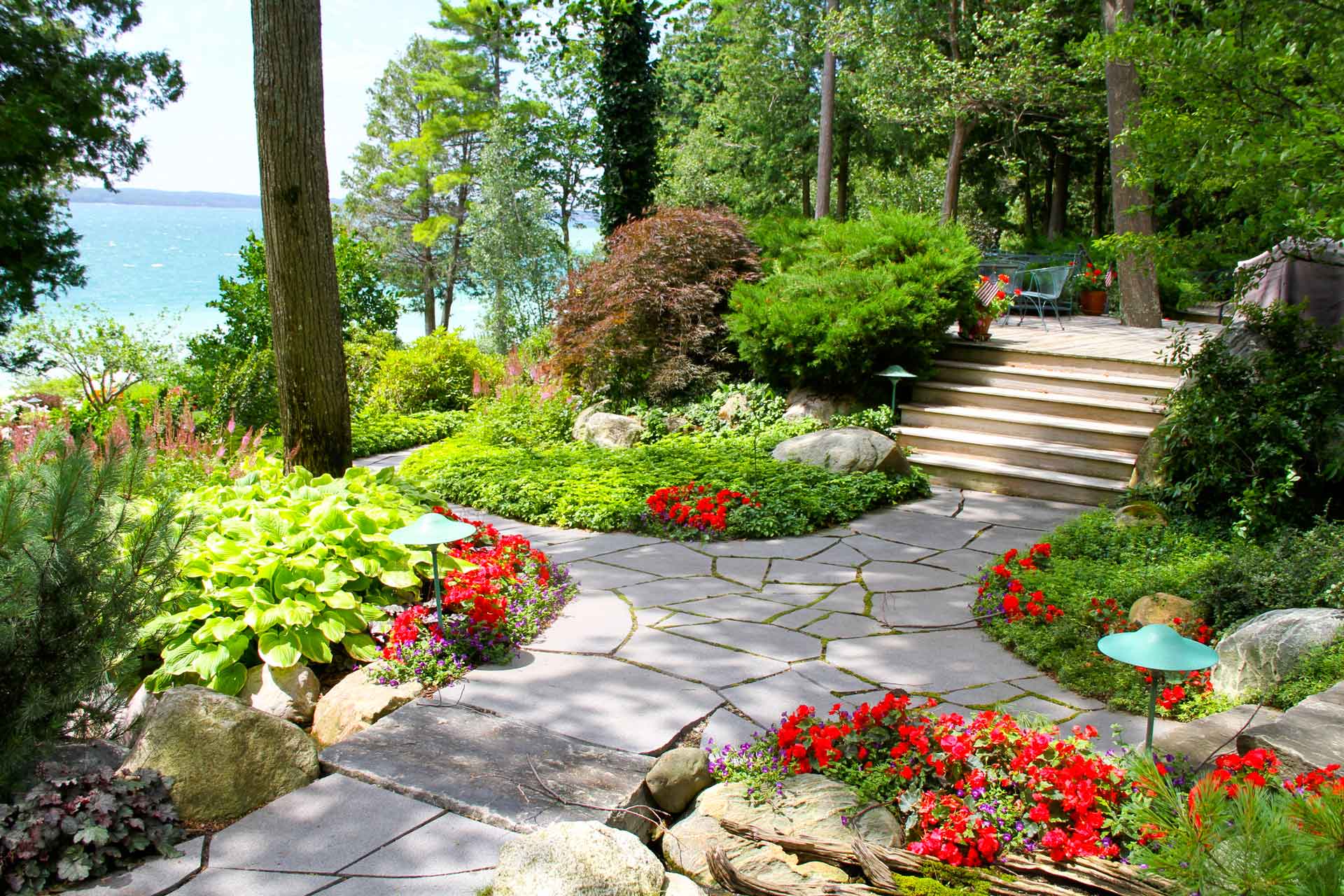
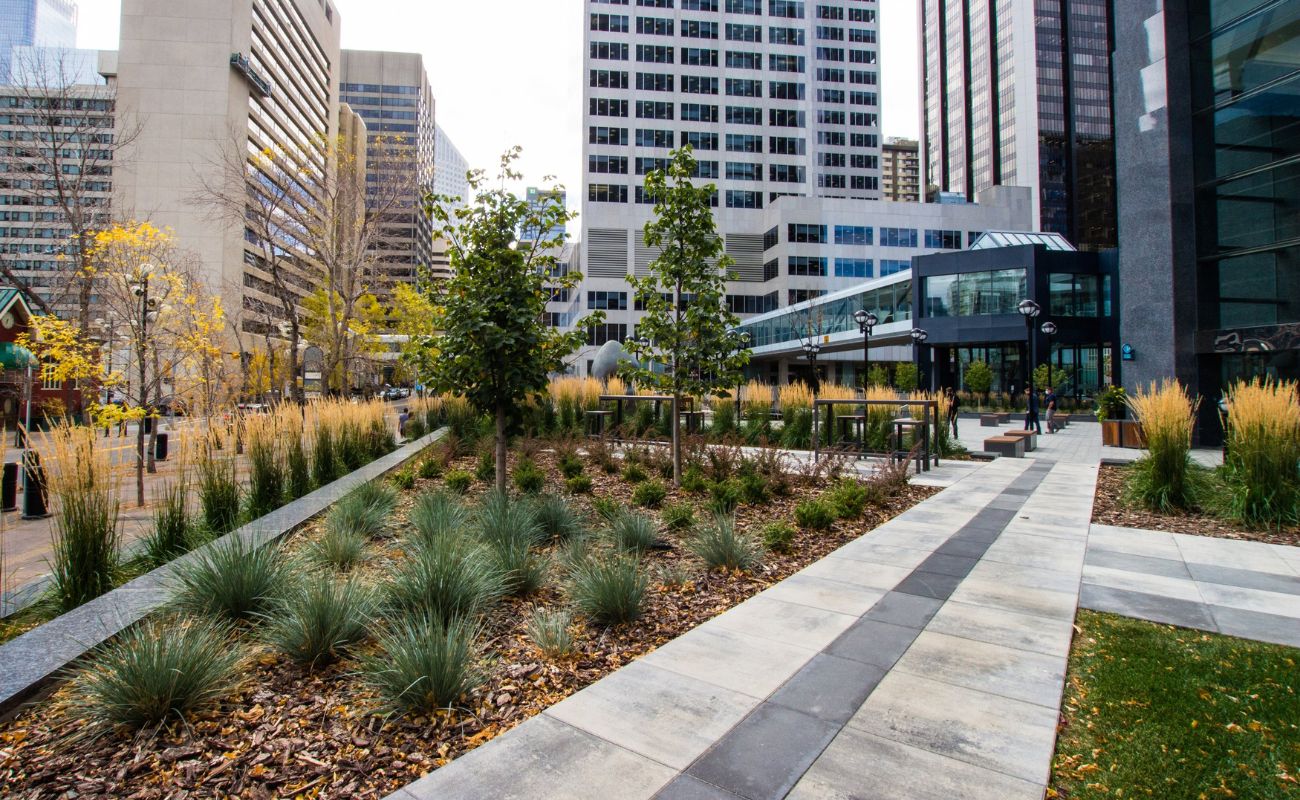

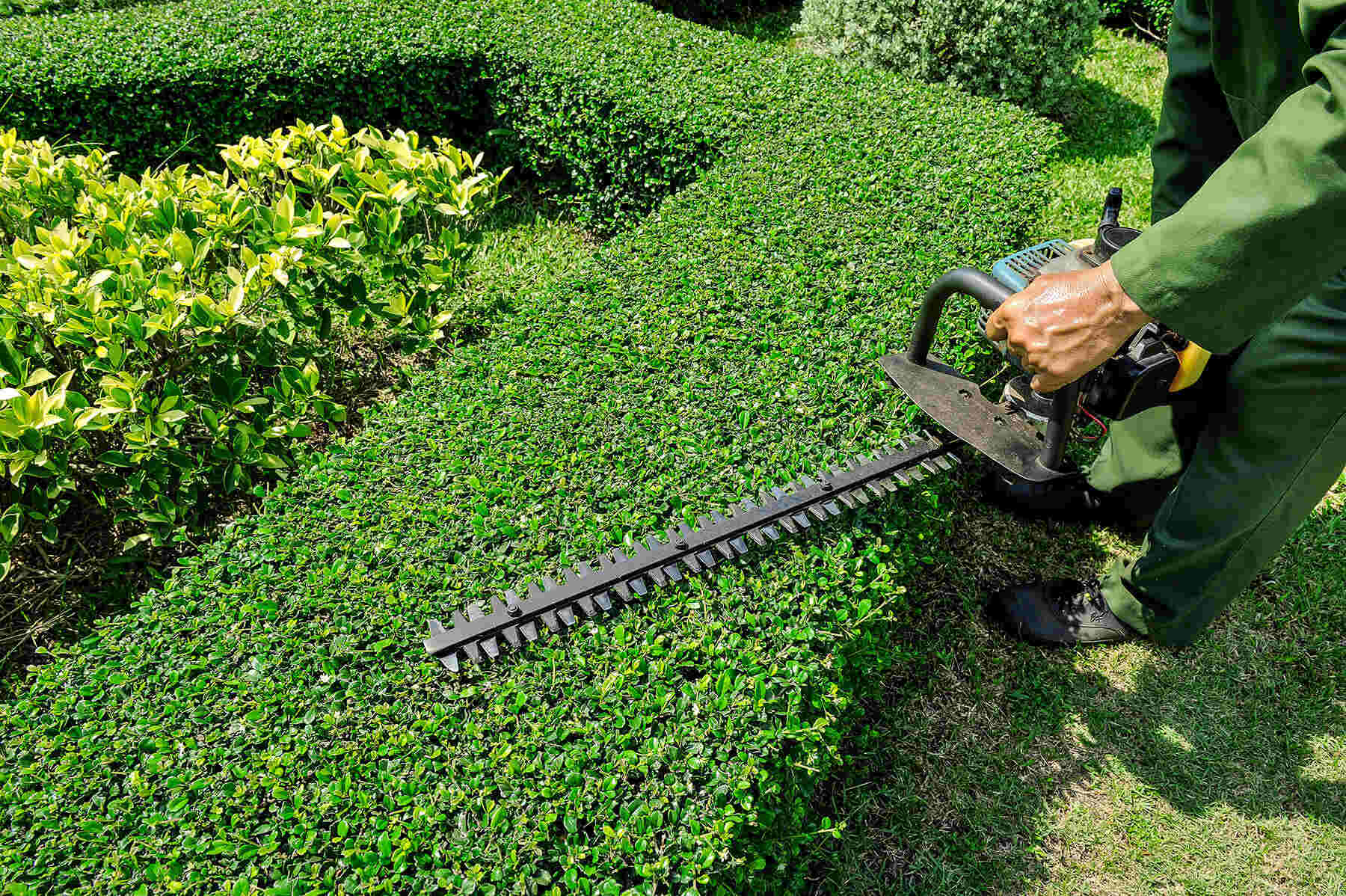
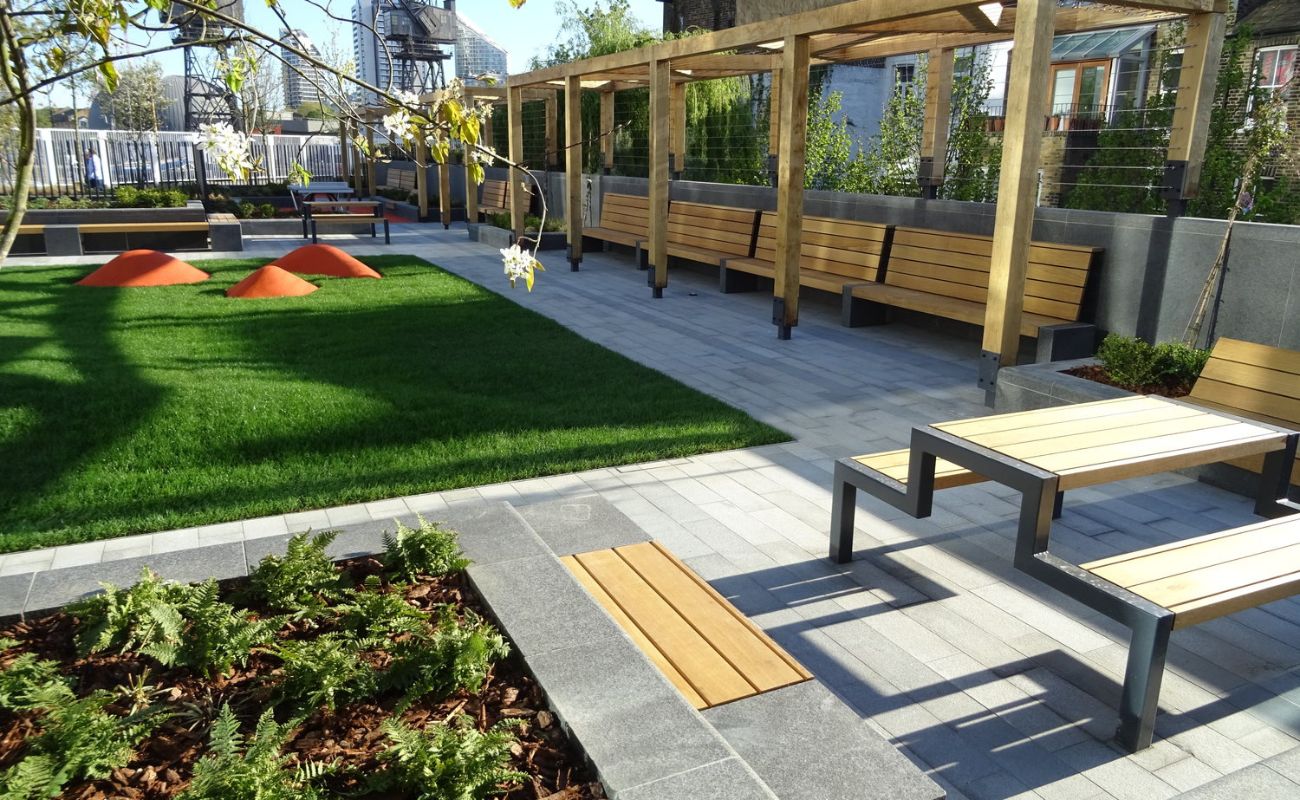
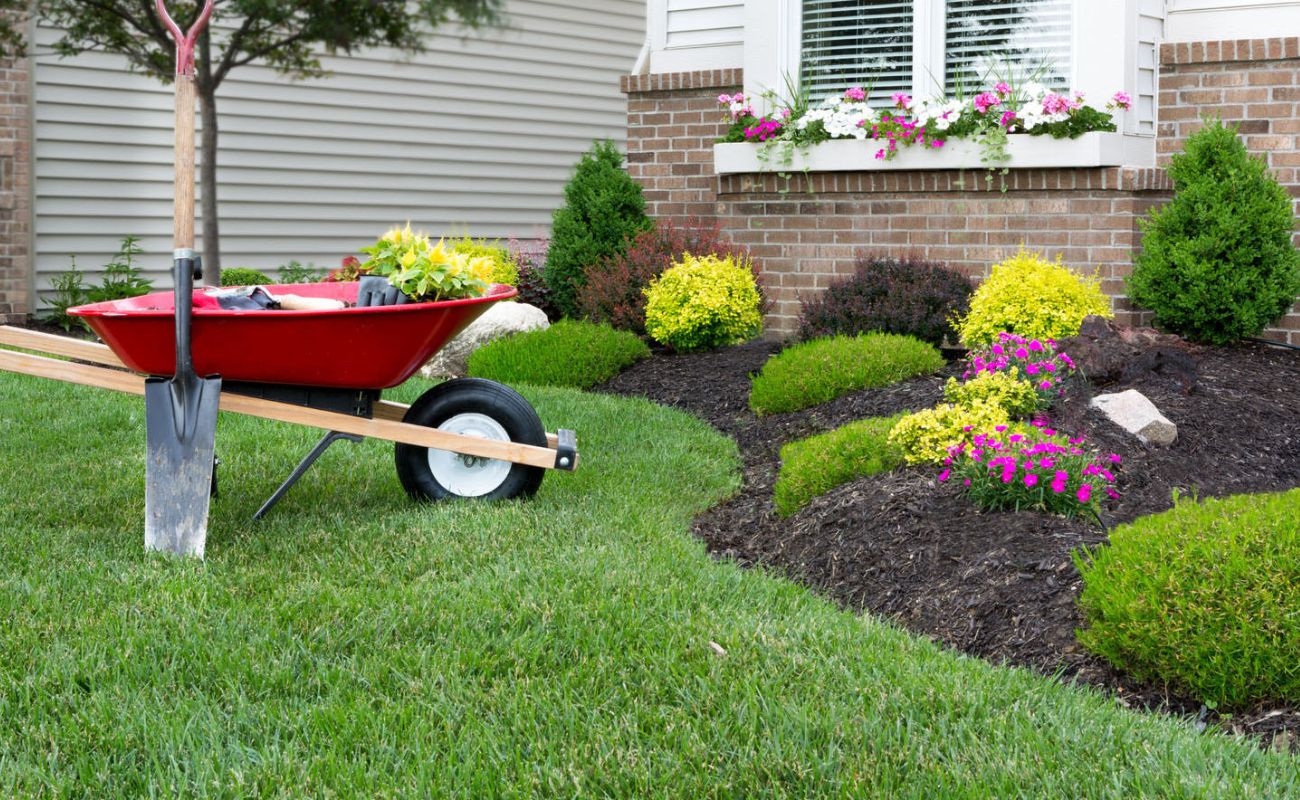
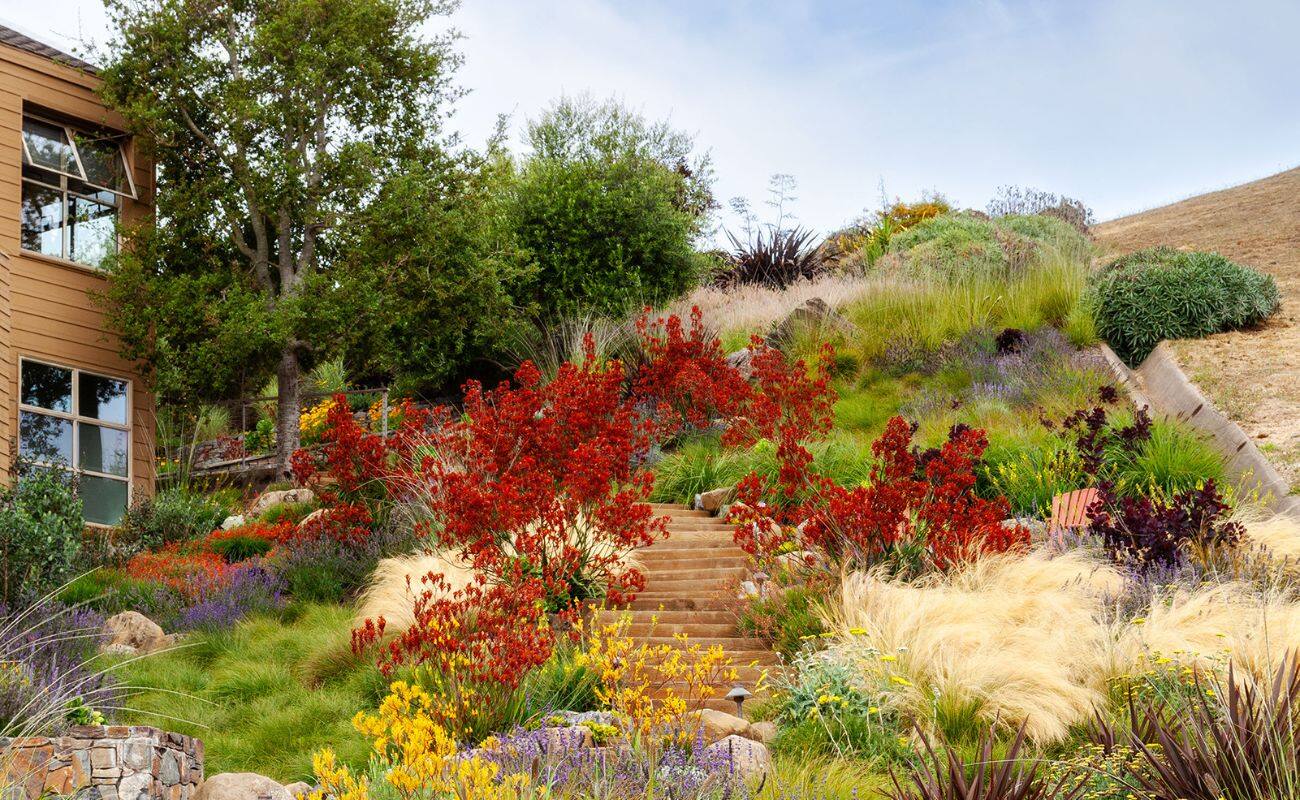
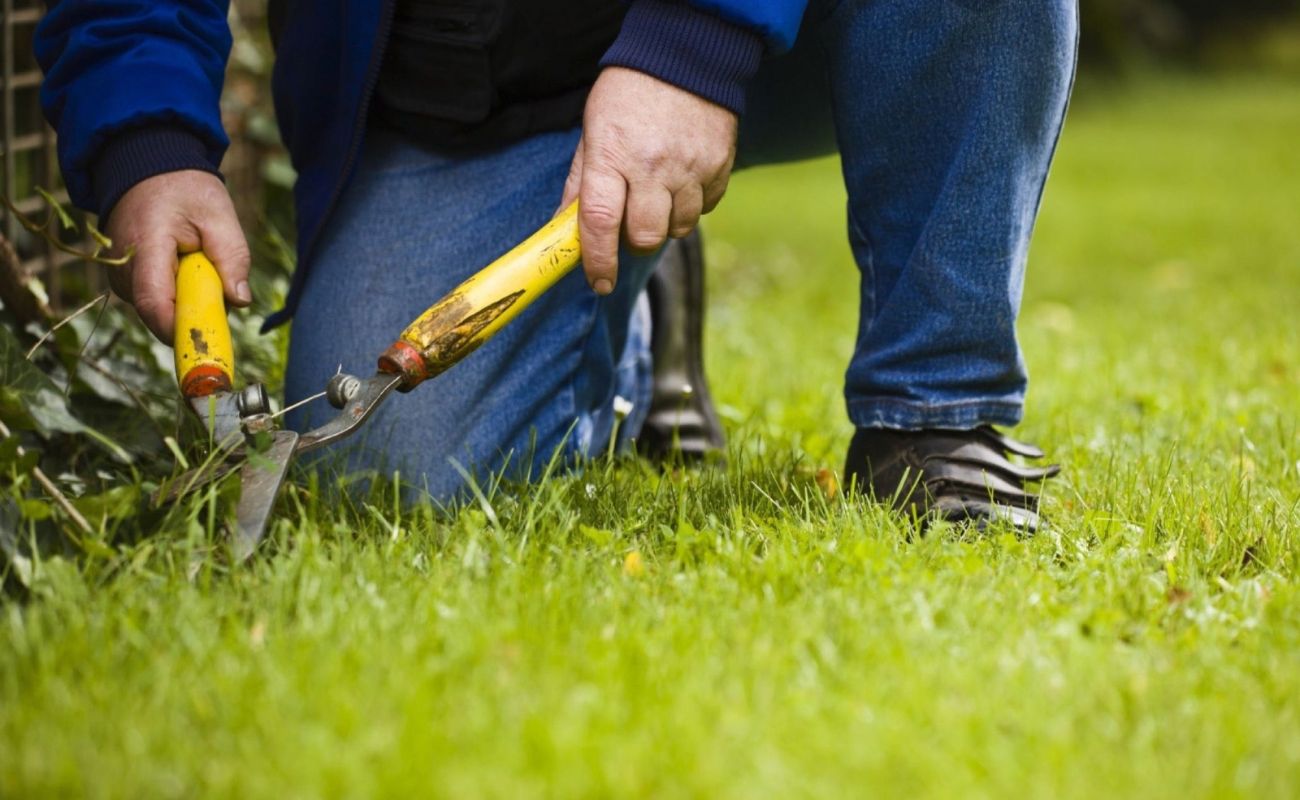
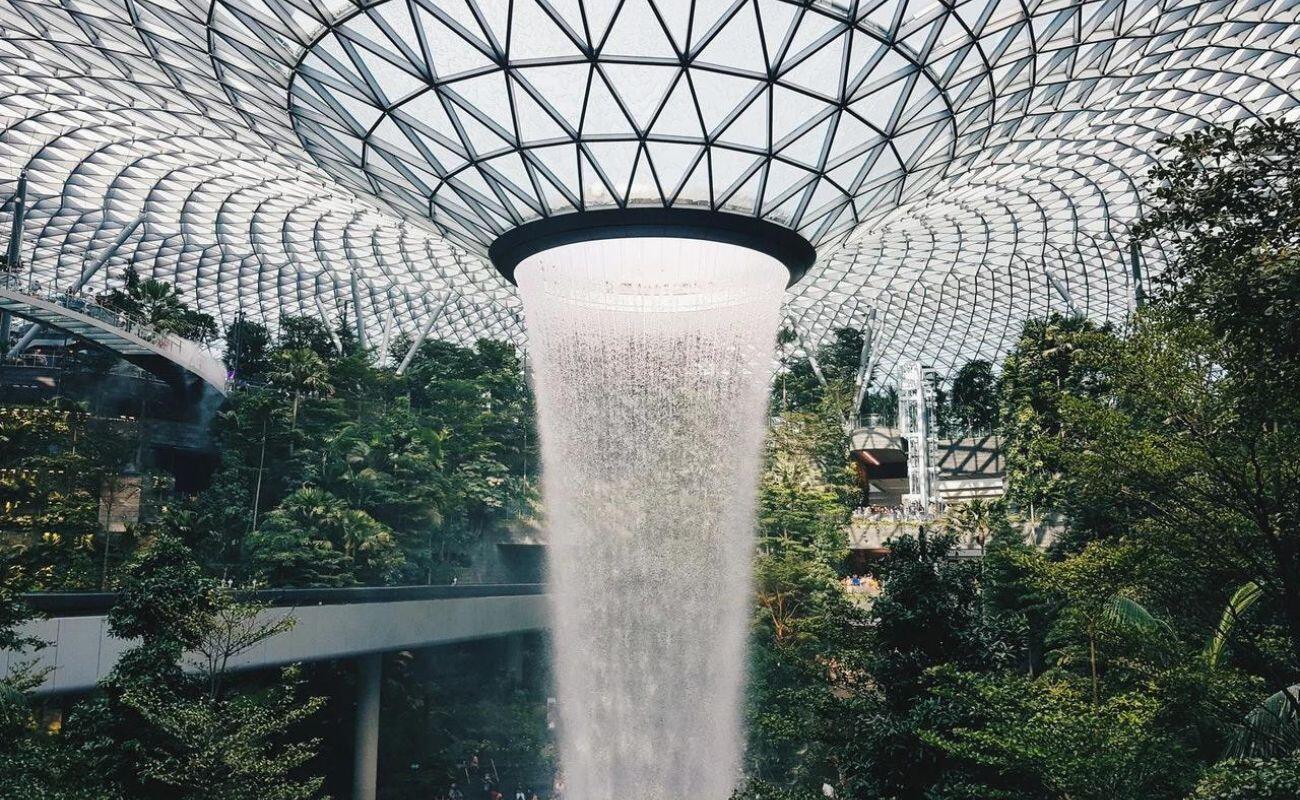
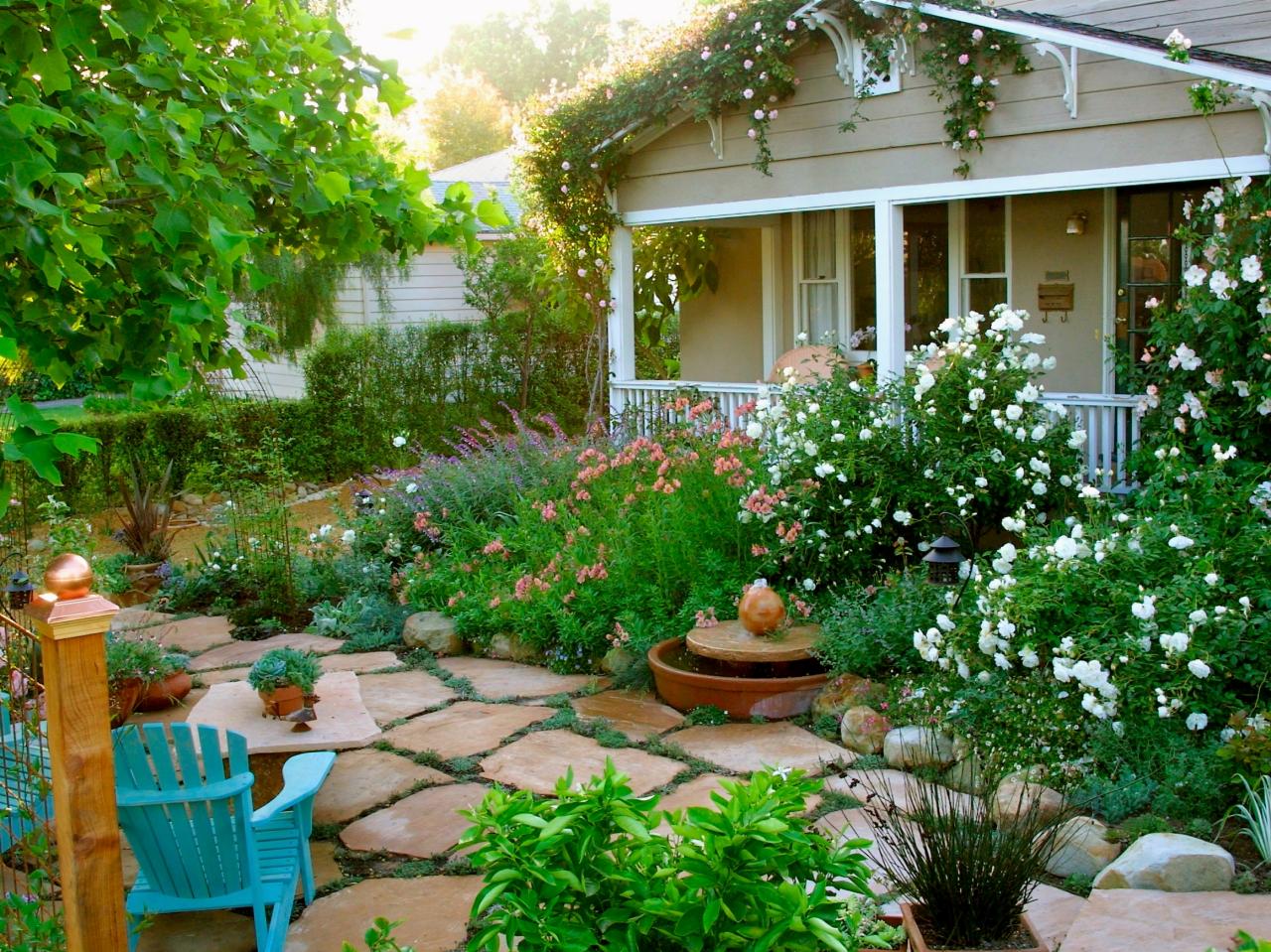
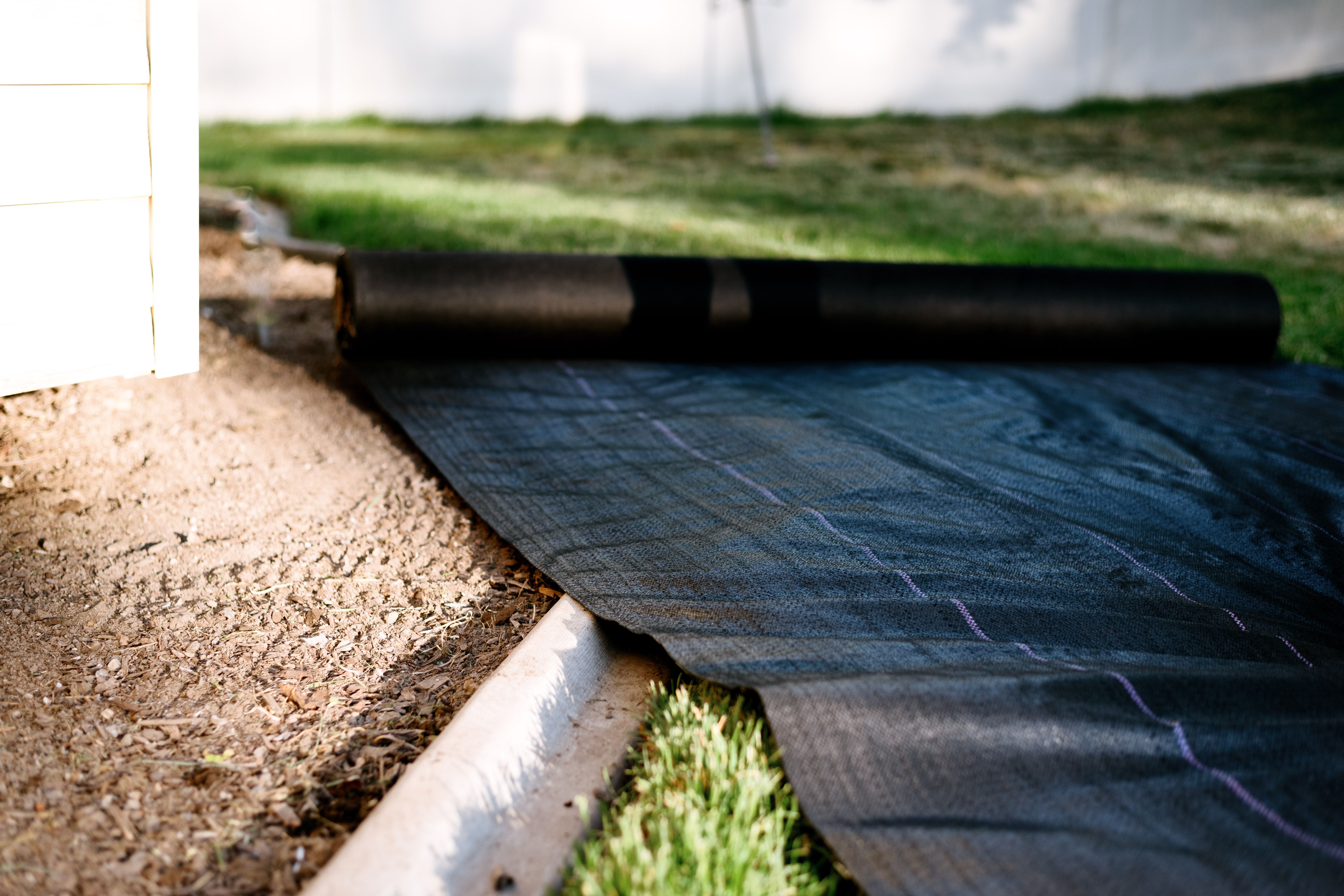

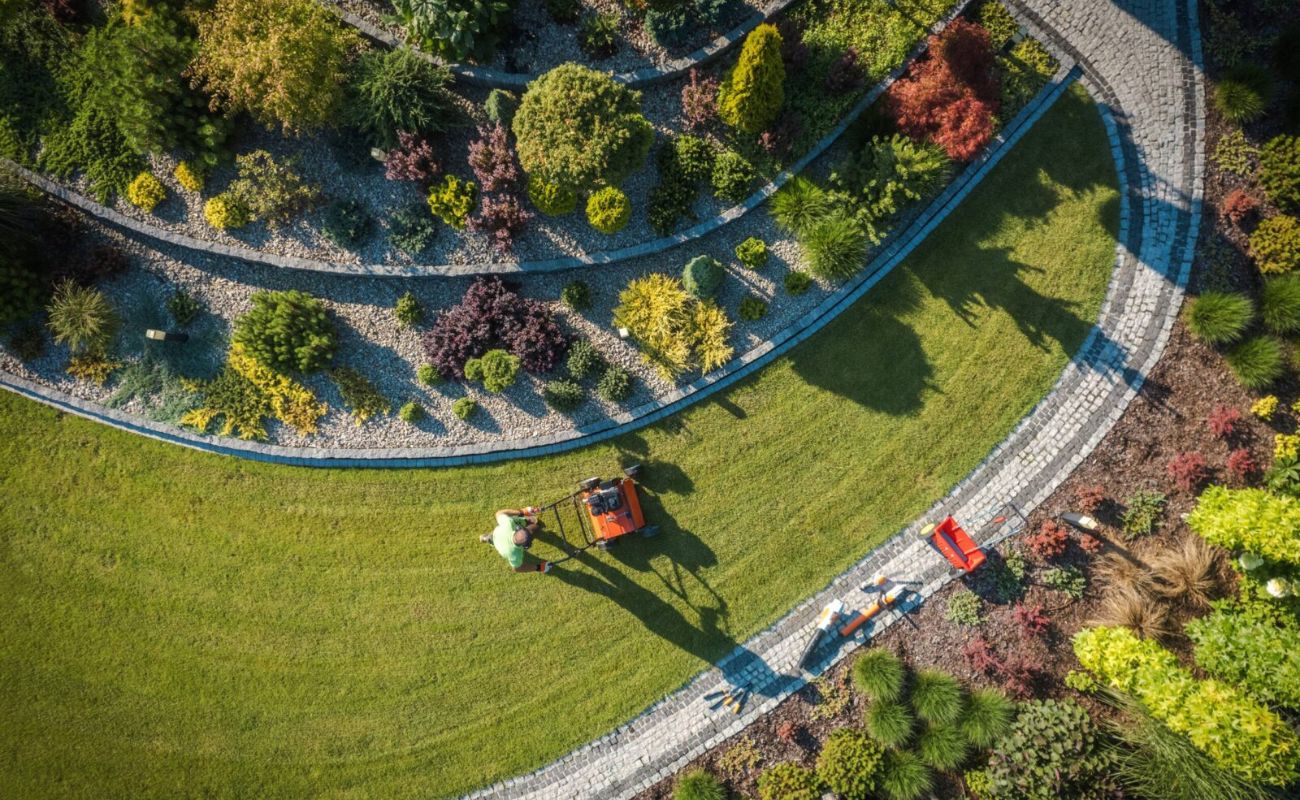
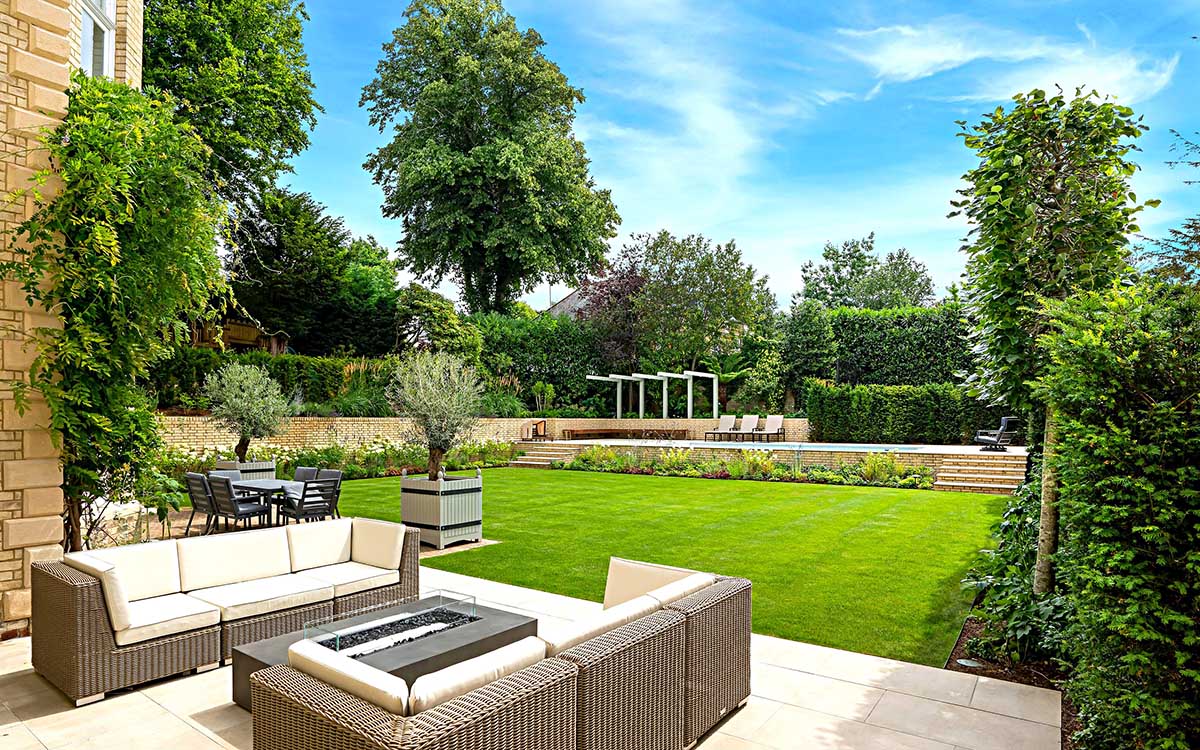

0 thoughts on “What Is DG In Landscaping”